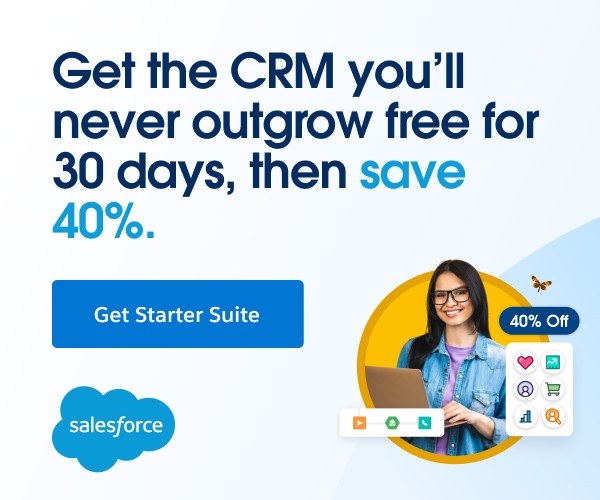However, the overarching purpose of public relations (PR) should be to promote every facet of a company and build its brand reputation brick by brick. Most critically of all, the PR function of a company needs to be borne out of purpose, not out of a mindless goal of being in bright lights.
Yet, it is no easy task at the start, but as someone who has experience crafting this function from ground zero, there are a number of essential approaches to building effective PR from scratch.
Kick-off by focusing on internal relationships
The most common mistake in beginning PR within a company is the obsession to hit the ground running and achieve things like a national media interview for the founder. That must come later.
Instead, as a PR lead, the first thing you must do is develop strong internal relationships. By doing so, you gain invaluable knowledge of the company and what it wants to achieve. This way, you can then develop PR goals that are relevant, compelling and achievable, based on what value your company can bring not only to the media but also to your industry at large. It is often overlooked, but for the initial process to be successful, you need to actually explain what PR is to non-PR people. By creating such mutual understanding, your job becomes much easier.
This matters because you really need to have those internal connections in order to do your day job - whether it’s with the CEO or sales or tech teams. For example, when I get regular media interview requests, I need a knowledgeable spokesperson and reliable information. Due to putting in the effort to create a relationship, this process is incredibly smooth and there’s a deep level of trust already in place. The impact this has is clear - it leads to positive outcomes from PR for everyone involved.
Match your PR strategy to your ambitions
With the internal piece complete, you’re now in a position to work on your PR strategy. This roadmap takes your company from your current situation to your end goal. However, you have to be critically honest - the strategy must match your ambitions and also reflect what stage the company is at.
For example, there’s nothing wrong with wanting to be known as a startup. However, it isn’t accurate strategic positioning for companies when they are fifteen years old and have offices dotted all over the world. Why does this matter? One of the primary reasons is from a recruitment perspective - there’s a real risk that new employees’ expectations don’t match the public image of your company’s culture.
Another risk from such misalignment is that you can miss business opportunities. It is simply not credible to claim to be a startup if your company has an established product, backed by a loyal base of clients, reaping regular revenues and not being reliant on investors’ funding for its survival. It can create a credibility gap between your company and potential clients that impacts the sales function, especially in niche, tightly knit industries. Again, realism is key here - if you’re a thriving company, you should seek to be seen as such. Also, a note of caution, being viewed as a startup is not always seen positively in some business cultures or industries, especially in those where clients are seeking robust partners to work with in the long run.
Being picky is actually a good thing
Once you have your PR strategy in place, try to stick to the objectives you’ve agreed with your CEO and leadership team.
However, often at early-stage companies, PR leads are pressured into getting quick wins to show “value”. These include a reliance on paid-for content. Such content works, but only to a degree. Ultimately, you must ask yourself: is paid-for content a sustainable model to achieve influence? Probably not on its own.
Similarly, try to avoid dependence on media titles that will unquestioningly run all your editorial content. Realistically, how influential are they? You might be desperate in the beginning to get coverage, but avoid relying on these titles. Working with such media outlets could damage your attempts to build a reputation as a serious company.
Instead, be picky and avoid the “quantity over quality” approach. Your aim must be to develop long-term relationships with journalists and industry stakeholders through your content, expertise, or research material. This takes time, but it pays off in the long run. One piece of quality coverage in a reputable media outlet is much more impactful compared to 10 articles spread across low-quality to paid-for media.
Appearance is fleeting, value is permanent
When you’re halfway through implementing your PR strategy, it’s extremely tempting to dip into current trends to reach a bigger audience - don’t.
Again, you have to remember why you’re doing PR in the first place. You’re bringing value to your market, so you need to talk about that, your product and what your company is trying to achieve. It’s about avoiding shortcuts and sticking to your core PR values to see the most impressive results.
With such a thorough approach, you may face tough questions about what impact PR is actually having on the business.
However, the value of PR is most evident not from media coverage, but from colleagues. I knew PR was working when a sales colleague came excitedly to tell me our media coverage was generating sales leads and facilitating the sales process.
That’s when you know you’ve struck PR gold.
Arthur Chevreul is Head of Communications & Public Relations, Kpler







